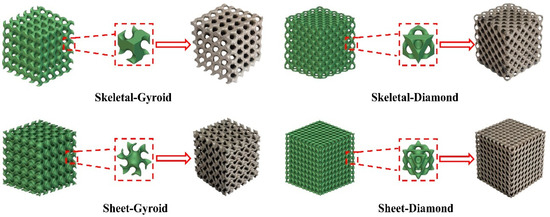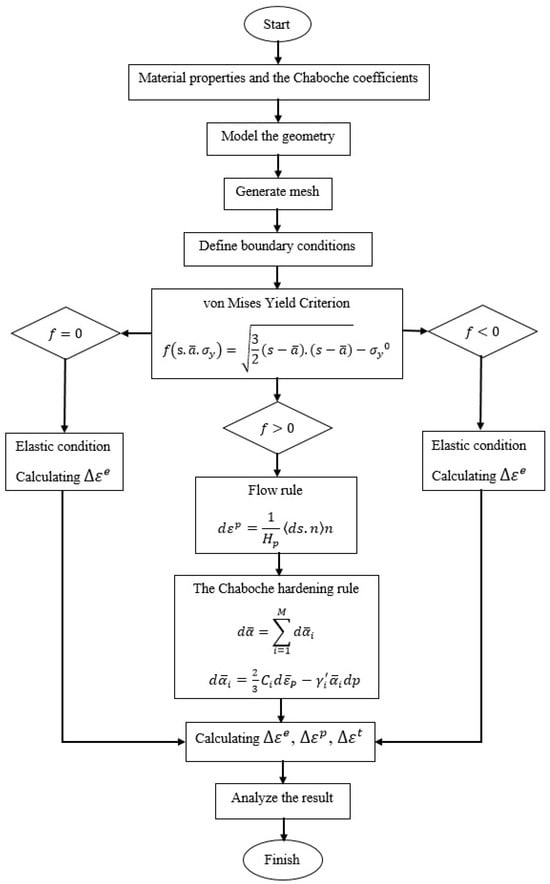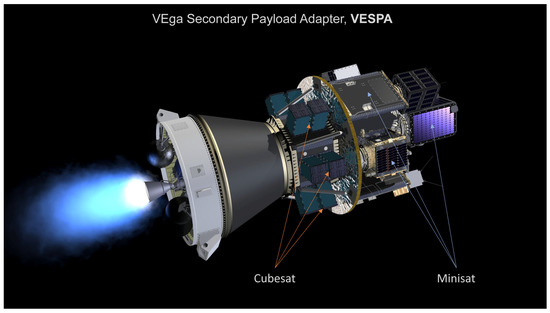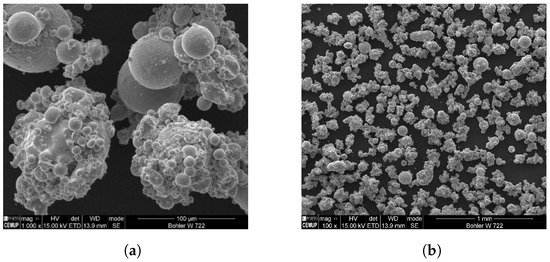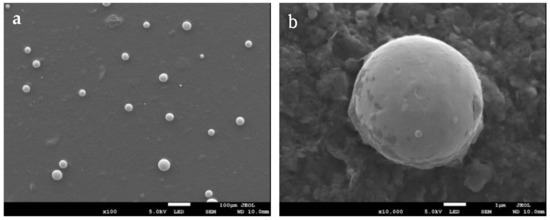Additive Manufacturing of Metal Components
A topical collection in Applied Sciences (ISSN 2076-3417). This collection belongs to the section "Mechanical Engineering".
Viewed by 9289Editors
Interests: design; robotics; hydraulics; additive manufacturing; nanomaterials
Special Issues, Collections and Topics in MDPI journals
Interests: electron beam melting; laser metal deposition; ultrasonic additive manufacturing
Special Issues, Collections and Topics in MDPI journals
Topical Collection Information
Dear Colleagues,
Metal additive manufacturing enables the rapid, low-volume production of highly complex metallic components. Numerous industries are highly interested in directly manufacturing metallic components, but there remains great uncertainty in terms of the processes and controls slowing widespread industrialization. This is complicated due to the tremendous flexibility in materials and processes, with each having their own strengths and weaknesses. Approaches vary from direct energy deposition to powder bed fusion, extrusion, and thermal and cold spray, to name just a few. Each of these processes, while simple in principle, exhibits its own complexity in terms of material properties that are a function of processing parameters, toolpaths, and systems and controls. In many cases, there seems to be more art than science when it comes to reliably being able to manufacture components using these advanced manufacturing processes. This uncertainty can lead to the slow adoption of the technologies in industrial settings.
We invite authors to contribute original research articles, as well as review articles, that will contribute to the area of metal additive manufacturing materials, processes, and controls.
Potential topics include but are not limited to the following:
- Advanced materials for additive manufacturing;
- Advanced metrology and control technology for metal additive manufacturing;
- Data analytics and AI approaches to partial certification and control;
- New metal additive manufacturing processes.
Dr. Lonnie J. Love
Dr. Ryan R. Dehoff
Collection Editors
Manuscript Submission Information
Manuscripts should be submitted online at www.mdpi.com by registering and logging in to this website. Once you are registered, click here to go to the submission form. Manuscripts can be submitted until the deadline. All submissions that pass pre-check are peer-reviewed. Accepted papers will be published continuously in the journal (as soon as accepted) and will be listed together on the collection website. Research articles, review articles as well as short communications are invited. For planned papers, a title and short abstract (about 100 words) can be sent to the Editorial Office for announcement on this website.
Submitted manuscripts should not have been published previously, nor be under consideration for publication elsewhere (except conference proceedings papers). All manuscripts are thoroughly refereed through a single-blind peer-review process. A guide for authors and other relevant information for submission of manuscripts is available on the Instructions for Authors page. Applied Sciences is an international peer-reviewed open access semimonthly journal published by MDPI.
Please visit the Instructions for Authors page before submitting a manuscript. The Article Processing Charge (APC) for publication in this open access journal is 2400 CHF (Swiss Francs). Submitted papers should be well formatted and use good English. Authors may use MDPI's English editing service prior to publication or during author revisions.
Keywords
- metal additive manufacturing
- metrology
- data analytics
- machine learning






